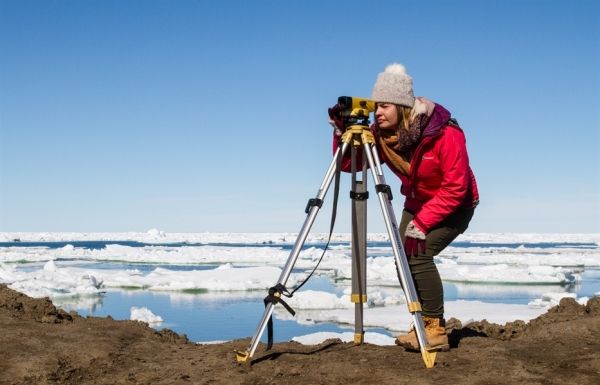Scientists at NOAA have long worked to track, understand and predict how climate change is progressing and impacting ecosystems, communities and economies. This Earth Day, take a look at five ways scientists are studying this far-reaching global trend.
1. Tracking greenhouse gas levels in the atmosphere
To understand climate change, scientists need an accurate, up-to-date record of how greenhouse gas levels in the atmosphere have changed over time. Enter: NOAA Global Monitoring Laboratories’ Global Greenhouse Gas Reference Network, which measures the three main long-term drivers of climate change: carbon dioxide (CO2), methane, and nitrous oxide. Four remote atmospheric baseline observatories form the backbone of the monitoring system - the most well-known of which, located in Mauna Loa, Hawaii, is home to the longest record of direct measurements of CO2 in the atmosphere. This year, scientists used data from these observatories to confirm that average global CO2 levels had surged in 2020 to 412.5 parts per million - levels that are higher than at any time in the past 3.6 million years.
Continue reading at NOAA Research
Image via NOAA Research


